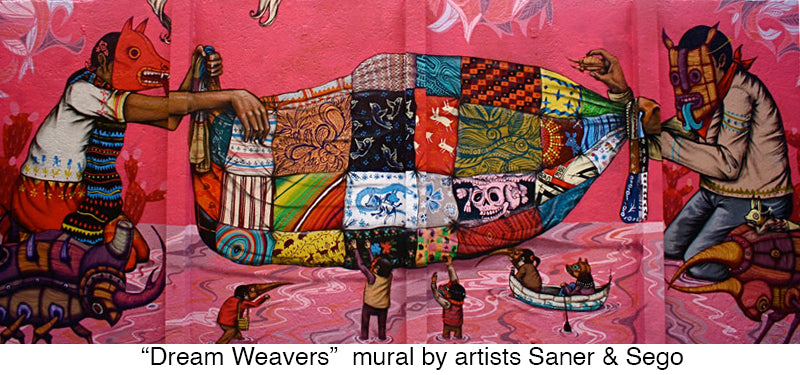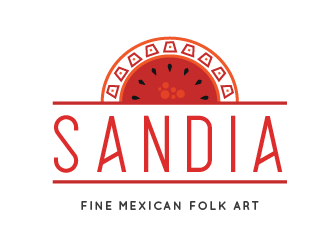
Discover the Beauty and Diversity of Mexican Folk Art
What is Mexican Folk Art?
Mexican Folk Art, or Arte Popular, is a vibrant expression of Mexico’s rich cultural identity. From utilitarian objects like woven baskets to intricate Oaxacan woodcarvings and vibrant Day of the Dead figurines, this art form represents centuries of tradition and creativity passed down through generations.
The Cultural Roots of Arte Popular, Mexican Folk Art
The essence of Mexican Folk Art lies in its fusion of Indigenous traditions and Spanish colonial influences. Techniques, materials, and motifs reflect ancient practices adapted over time. Whether it’s Zapotec textile designs, Maya symbolism, or Catholic iconography, every piece tells a layered story.
Regional Expressions of Mexican Folk Art
Mexico’s geographical and cultural diversity has given rise to distinct local styles:
- Oaxaca – Renowned for alebrijes, black pottery (barro negro), and handwoven rugs.
- Michoacán – Home to vibrant lacquerware and pine needle baskets.
- Jalisco – Known for hand-blown glass, papier-mâché, and Talavera-style ceramics.
- Chiapas – Famed for its colorful textiles and embroidered huipiles.
Handmade Traditions: The Artisans Behind the Work
Most authentic Mexican folk art is crafted by artisans working in family workshops or community cooperatives. These makers use sustainable materials and ancestral techniques — like natural dyes, pit firing, or hand-carving — to produce one-of-a-kind objects that celebrate local heritage.
Mexican Folk Art as Cultural Legacy and Collectible
Collectors and museums worldwide appreciate Mexican artisan crafts not only for their beauty but also for the cultural meaning behind them. In a world of mass production, these handmade pieces offer a tangible connection to tradition, storytelling, and identity.

The talented Mexican artisans transform the materials that nature offers them into objects for daily use with exceptional beauty.
What are examples of Mexican Folk Art?
These are some of the most popular expressions of Mexican Folk Art:
 |
 |

|
Palo Fierro wood carvings from Sonora.
Alebrijes, made of paper from Mexico City, and piñatas all over the country.

|
 |
 |

|
 |
 |
Huichol bead and yarn work from Jalisco and Nayarit.
Basket weaving in Mexico was practiced since pre-Columbian times, even before pottery making. From Sonora, Chiapas, Oaxaca & Veracruz.
Textiles such as traditional sarapes and dresses from nearly all states of Mexico.
Lacquer Work from Michoacan and Guerrero.
Metalwork, particularly silver, from Taxco Guerrero.
Blown Glass from Puebla, where the first factory was established by the Spaniards in 1542. Mexico City and Jalisco also have a long tradition of producing blown glass.
Mexico's Folk Art is a wonderful expression of the values, history, and richness of the people who create it.
